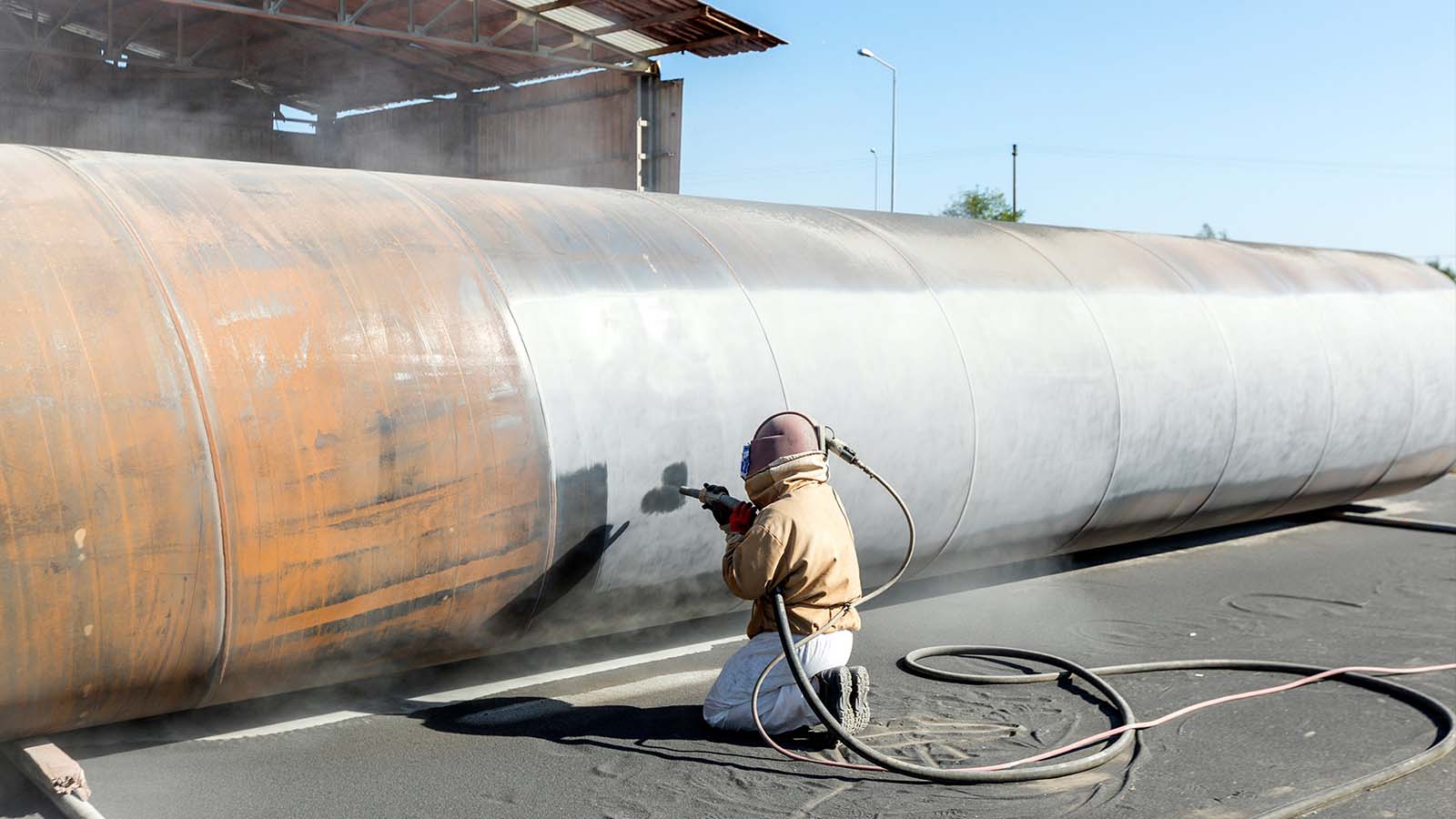Abrasive blasting dust collection systems
Abrasive blasting, surface finishing, and shot peening propel abrasive media at a surface to strip corrosion and contaminants, strengthen surfaces, or prepare a surface for protective coatings. Dust collection systems protect worker health, make workpieces visible during blasting, and keep particulate out of equipment. Production facilities must meet OSHA regulations for reducing exposure to hazardous particulate in the air created during abrasive blasting.
Dust Collection for Abrasive Blasting
Abrasive blasting, sometimes known as sandblasting, is the process of propelling a stream of abrasive media at a surface using compressed air or water to remove grime, imperfections, corrosion, rust, irregularities, or burrs. A surface may be prepared for coating application by using abrasive blasting to create an anchor pattern on which the coating may adhere. Shot peening is another process steel shot is blasted at a metal surface to prevent future metal fatigue and stress failures. Dust collectors can be put in place to recycle blast media for more efficient operations.
Some forms of abrasive media used in blasting include:
- Glass beads or crushed glass
- Steel shot (for shot peening)
- Sodium bicarbonate
- Organic material, such as walnut shells
- Plastic media
- Coal slag
- Tungsten carbide
- Garnet
- Nickel slag
Abrasive blasting is commonly used process before applying paint, powder coating, or other coatings. Equipment restoration, manufacturing, equipment cleaning and stripping, and surface preparation are typical reasons for abrasive blasting.
Removing hazardous particulate from the workplace
Abrasive media blasting requires dust collection as the blasted surfaces kick small particulate into the air. Personal protective equipment (PPE), proper ventilation, and dust collection systems help protect workers from inhaling potentially hazardous dust particles. Abrasive media should be monitored for silica content. Inhalation of silica can cause a respiratory disease called silicosis. Protecting workers health is always a prime concern with facilities where abrasive blasting is common.
Contact an Applications Specialist
Other Custom Solutions Are Available
Contact Airpro Inc. for consultation on a dust collection system for your industrial process.

